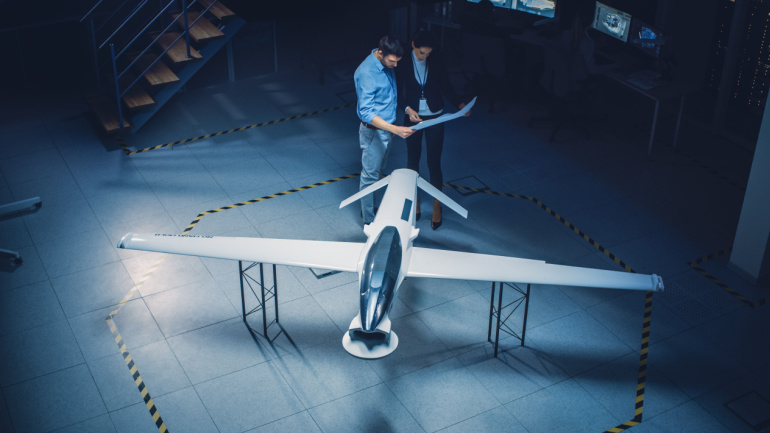In the wake of a profound digital transformation, businesses are strategically navigating the evolving landscape of generative artificial intelligence (genAI), propelling them into a new era of adaptability and innovation. The surge in genAI-related job postings, as reported by GlobalData’s Job Analytics Database, reflects a growing commitment among companies to stay relevant and competitive in this dynamic environment.
Switching to a cloud-based VoIP system has the potential to cut CO2 emissions from telephony equivalent to removing 22 million cars from the road. In an era prioritizing sustainability, traditional landlines contribute to significant carbon footprints and electronic waste. VoIP, utilizing the internet’s power, eliminates physical infrastructure, reduces electronic waste, and operates efficiently. Beyond resource conservation, VoIP’s energy efficiency, support for remote work, and future innovations, including AI optimization and renewable energy sources, position it as a sustainable solution. Join the movement for a cleaner world with every VoIP-powered conversation—a pledge to the planet.
CUJO AI, a herald in cybersecurity and device identification, foresees growth in catering to Matter and Thread devices. As IoT devices multiply in consumer homes, demand for advanced security solutions escalates. The move to Matter and Thread is seen as a valuable advancement towards CUJO AI’s goal of enhancing ISP security.
Nokia, the renowned network equipment manufacturer, recently joined the Ultra Ethernet Consortium (UEC). Anchored by the Linux Foundation, the UEC fortifies Ethernet technologies to satisfy the escalating requirements of AI and high-performance computing. With members such as AMD, Cisco, and Microsoft, the consortium seeks to equip Ethernet with more advanced networking functions, while maintaining its simplicity and affordability.
Artificial intelligence pioneer, OpenAI has reversed its decision to dismiss its CEO, amidst signals of internal unrest and potential alliance with Microsoft. While OpenAI’s reinstatement of Sam Altman hints at a desire for stability, speculation abounds around Microsoft’s role and possible influence over OpenAI’s trajectory.
In a strategic move to meet the escalating demands of the 5G era and burgeoning broadband connectivity in India, Nokia has joined forces with Bharti Airtel for a significant overhaul of the optical network infrastructure. The project aims to deliver ‘massive capacity,’ enhanced reliability, and cost efficiency for enterprises, operators, and hyperscalers in the region.
Travelers and businesses at Edinburgh Airport can expect notably improved 4G and 5G coverage, courtesy of telecom giant Vodafone. This upgrade not only means faster data speeds and better call quality, but could also pave the way for exciting new services such as digital passport controls and contactless check-in. Despite the complex infrastructure involved, Exchange Communications assures the ensuing benefits will outweigh the cost.
Navigating uncharted territory in the telecommunications ecosystem, Stratospheric Platforms Limited (SPL) alongside other UK giants, aims to forge advanced airborne 5G connectivity. With an ambitious endeavor backed by Britten-Norman and Marshall Futureworx, the collaborative effort seeks to birth a High-Altitude Platform with an airborne antenna – a revolution steering us to high-performing 5G from the stratosphere itself. Imagine an unmanned aircraft, fuelled by liquid hydrogen, its vast wingspan of 56 meters and lightweight structure promising flight endurance of over a week.
Voice of Eutelsat’s CEO Eva Berneke for satellite connectivity competition crystalizes among customers’ cry for variety. Merging with UK’s low-Earth orbit firm, OneWeb, has catalyzed Eutelsat’s evolution as a fusion of GEO and LEO capabilities. This major leap signifies a stride in service offerings, blending Eutelsat’s superior GEO satellites with OneWeb’s timely LEO constellation, aiming for a global reach by year-end.
In the ongoing debate over Big Tech’s ‘fair share’ contribution to telecom infrastructures, new findings from the Belgian Institute for Postal Services and Telecommunications call into question the validity of the argument. BIPT concludes attributing Big Tech solely for data streams might be over simplistic, citing investments made by Content Application Providers in broader infrastructures. The study raises important concerns about the potential negative impact for end-users, small local CAPs, and the principle of net neutrality.













